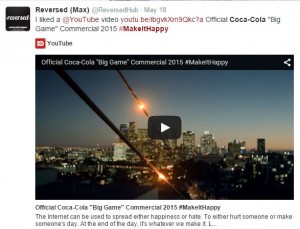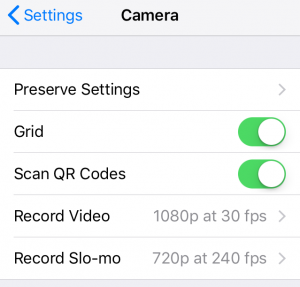
The “time factor” — how you manage it against other considerations and use the high-level (or macro) agenda to help create agreement has a huge impact on your success!
This was certainly the case during an engagement with one of our technology clients, whose customer was in the European auto segment. All of our client’s revenue with this automaker was in jeopardy when the automaker announced that a purchasing freeze would be in effect at the beginning of the coming year, due to deteriorating economic conditions and new IT management. Since it was October, these developments required immediate action and a clear agenda that would culminate in closure before end of year.
In our view, too much is made of “agenda control.” It’s nice to control the agenda, but both sides in a negotiation have issues that need to be addressed, so control is not as important as managing the agenda. So, agenda management was critical in this situation: getting bogged down in the automaker’s 90-day RFP processes would carry us over the “buying freeze” line and erase a €6.7M opportunity for our client!
We will discuss this example in context of the macro agenda — the high-level view of the entire negotiation process. This includes both external and internal discussions (the combined “we” – meaning K&R working with our client), the timing of document creation and exchange, and meetings.
In this case we were able to manage the macro agenda to establish credibility and a manageable timetable with the customer. So we would not waste our time, one thing we confirmed internally was our understanding that the automaker would jeopardize strategic business initiatives if the IT projects we were bidding for were stalled because of the freeze.
When we heard about the upcoming spending freeze, our team immediately scheduled a meeting with the automaker’s line of business executive (marketing), whose business this project would support, their new IT management and their procurement team. This enabled us to get to know them and educate them about the benefits of our client’s solutions and the agreement terms.
This is extremely important: One of the key aspects of successful macro agenda management is confirming that your counterparts on the customer side feel the same urgency that you do. If they don’t, there will be no reason for them to act on your timetable. In this specific case, the entire sales process would be futile without this confirmation.
This meeting began the process of confirming two key factors that would determine if the deal could be done before the end of the year:
 The criticality of the project to the customer’s business had to be established.
The criticality of the project to the customer’s business had to be established.
- The RFP process would need to be accelerated or eliminated.Getting the ball rolling well in advance of the automaker’s fall RFP deadline meant that not only did we avoid the cumbersome (and deal-killing) RFP process, we were able to successfully confirm with the automaker’s senior leadership that there was a clearly communicated and defensible business impact to them if they delayed the deal.
By aligning closely with our client and clearly delineating a strategy to get to closing and begin the project in a timely manner, we demonstrated great teamwork at every customer touchpoint — from executive channels to IT decision makers. We were able to turn the buying freeze into a compelling event for the customer and turn a “no sale” into €6.7M in booked revenue.
If you have excellent value creation and qualifications that solve the other sides’ problem as they emerge, you may be able to accelerate the process, but that involves thoughtful agenda management. That’s why getting and confirming agreement on timing is important. If you believe you can accelerate the process to closing, you must engage the right resources on both sides to make decisions.
We like to manage the macro agenda by working backward. We start with the date on which the customer wants to close and work back through the steps that need to occur in order to make that date. For example, if we want to close by December 15, we put in a target date of November 1 to allow contingency time for availability of key participants and unpredictable events.
Then we work back from November 1. Usually, the last set of approvals from the other side is from finance and legal counsel. That means that around October 1, we will need a close-to-final business case from the joint efforts of our team and the customer’s sponsors (this could mean involvement of finance, business development etc.) people. Of course, this agenda and process management requires that you ensure the buy-in and approval of everyone on your own internal team.
In the end, successful macro agenda management is all about aligning your and the other side’s activities and resources across a rational timeline to reach the desired result in a given timeframe.
Want to see more examples of how we apply our negotiation methodology to solve challenges — from dealing with intimidation to making stronger value arguments? Click here!
Business & Finance Articles on Business 2 Community(77)






